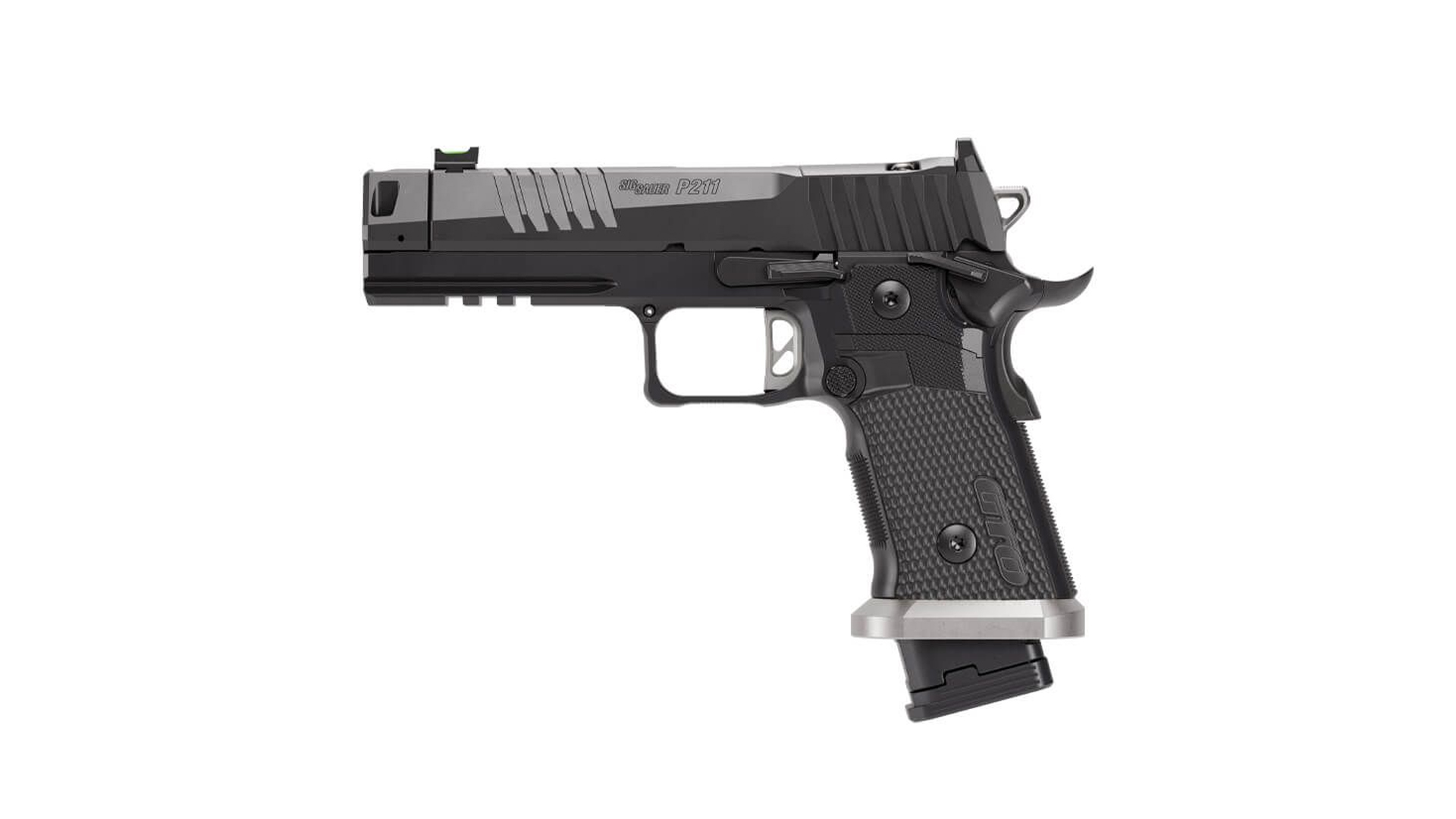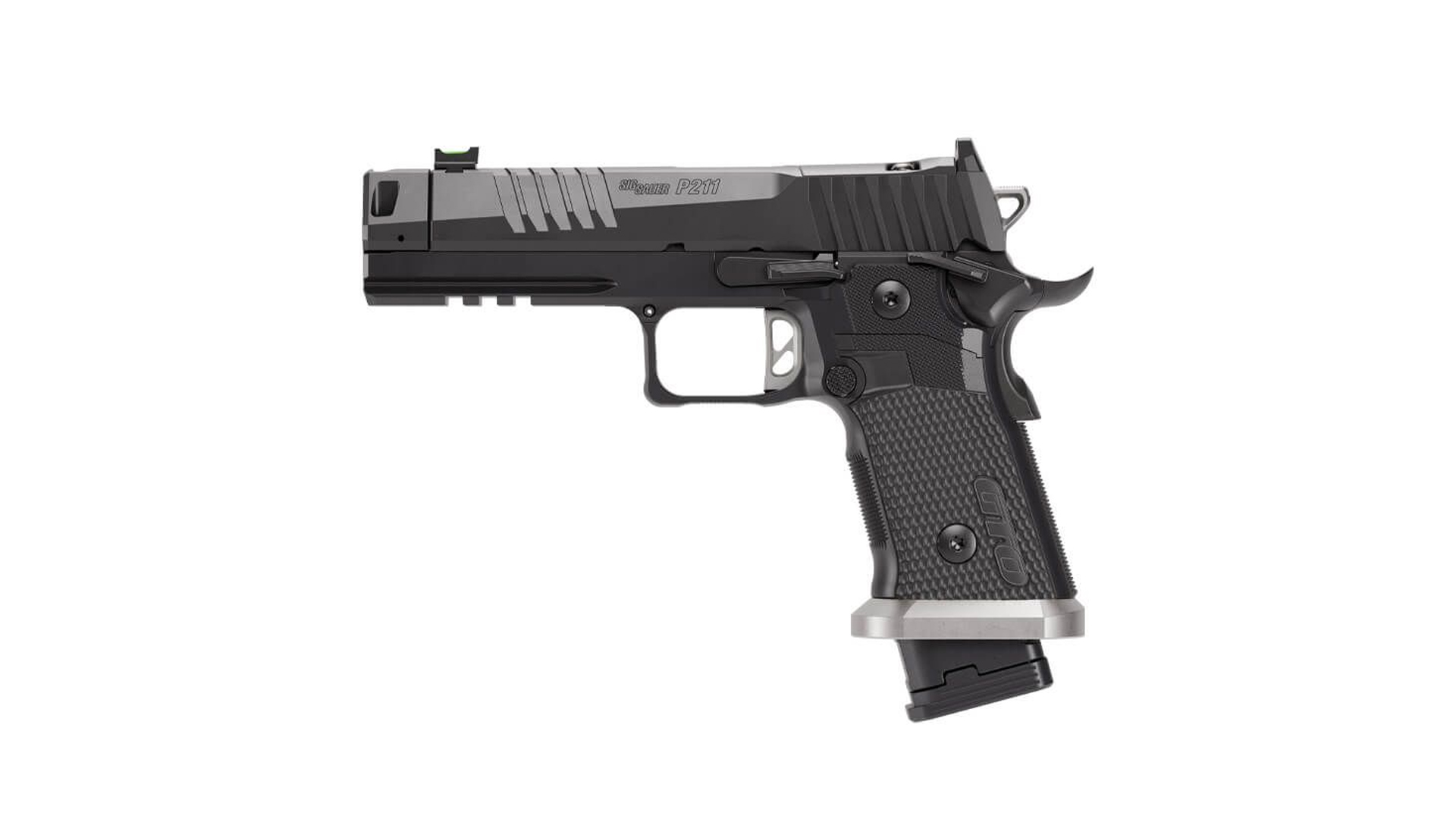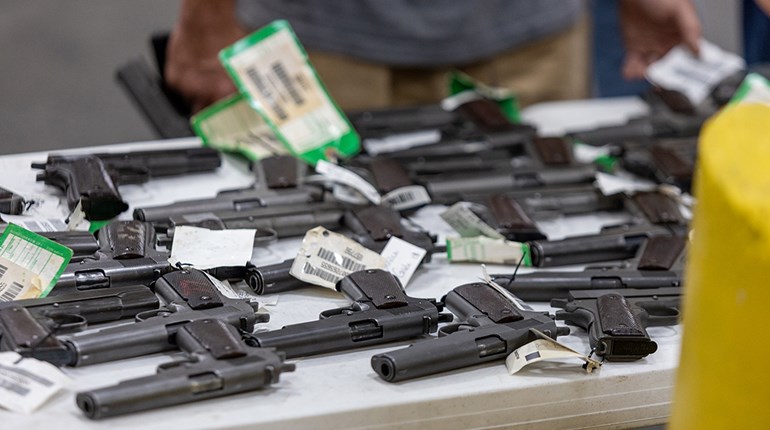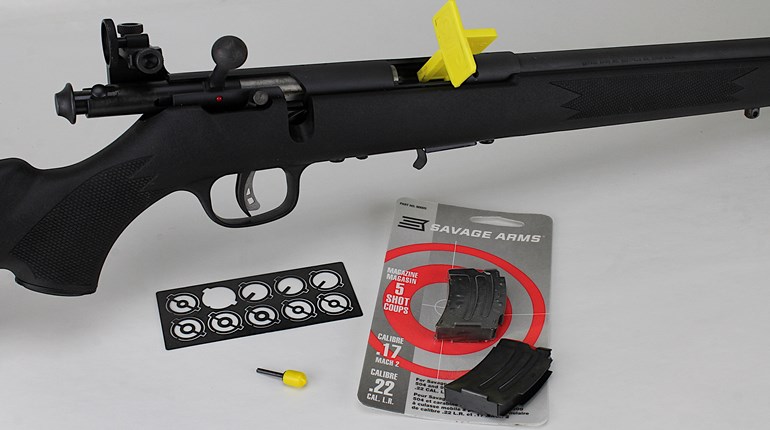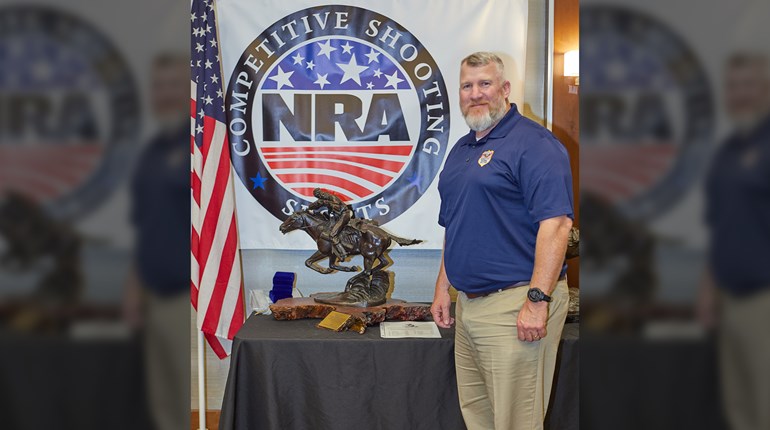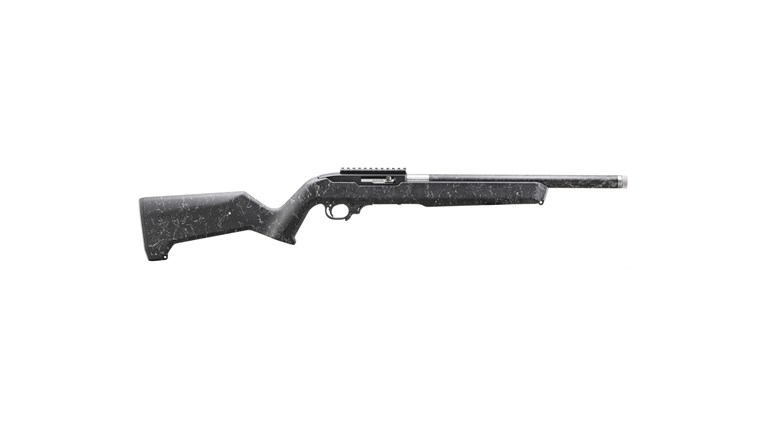
My name is Robert Cantrell, and I am just a run-of-the-mill competitive shooter and match director in Paducah, Kentucky.
Some background—I like shooting rifle and have done a lot more rifle competitions than pistol across time. But I, unfortunately, have no Excellence-In-Competition points at all in rifle toward a Distinguished Rifleman Badge. That’s quite unlike my great shooting friend, Larry, who got Distinguished in rifle in 2015 with Badge No. 2247.
I compete regularly at the Henry County Gun Club in Puryear, Tennessee—a premier target shooting facility in the northwest part of the state that also services western Kentucky. It is amazing to have a fine facility that allows competitions to be open to the public.
Among many events held at the range throughout the year, the club puts on sanctioned CMP Vintage Sniper Rifle matches every fourth Saturday. It’s a two-person team match where each partner fires 10 shots from 300 yards before doing the same at 600—all to honor military rifles of the past.
Here, I recount my story of how I got involved—slowly, yet surely—in vintage sniper competition, in the hopes of honoring my grandpa, a World War I veteran.
Note: The rifles mentioned within this article are CMP-legal, but please be aware that it is illegal to shoot two different rifles in the same match during CMP events.
As most stories go concerning where you made your first detour to where you ultimately wind up, small conversations have a great impact. It just so happened that a freak snowstorm in Talladega, Alabama, altered my spending trajectories tremendously for years to come.
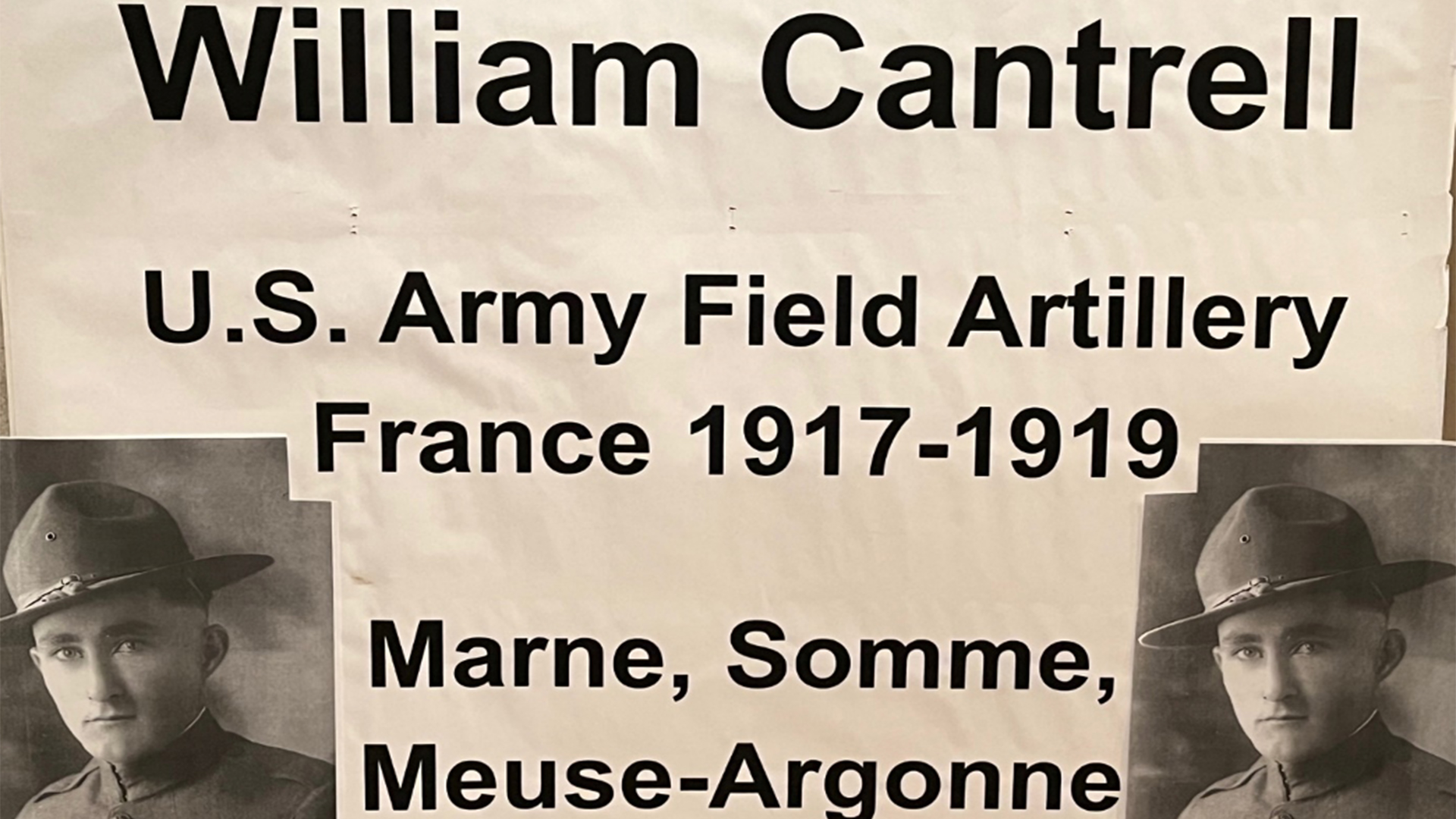
The event I was attending in Talladega was cancelled for the day due to the snow, so since my fellow travelers and I were trapped in the hotel we were staying in, we went over to talk to Tony, Andy, John and Andy G., who were also attending the event. If this were a church gathering, Tony would be the pastor and everyone else deacons of the Vintage Sniper Fellowship.
Tony began his sermon about the need to convert to their persuasion, vintage sniper, and it just so happened that I had a possible rifle candidate for shooting the CMP’s Vintage Sniper Match—a Springfield with three discolored spots on the left side of the receiver. I had owned this rifle for a long time and thought that it had been a sniper at some point. After returning home, I quickly got to work on figuring out how to make it work for competition.
Since vintage sniper rifles don’t grow on trees, it was time to figure out how to get the screws out and a mount and scope on. The next phone call was to my friend, Ronnie, who did gun work. Then, I had to get the rifle up to him to get the screws out. I also had to find a scope, and the best way is to have patience.
Eventually, I found a reasonably priced one. It had a mount and three original screws, so I bought it, being optimistic it would work out. How naive I was, as these scopes didn’t work out when they were brand new. But, 100 years later, we must be smarter, so let the sniper game begin.
After Ronnie got the screws out, the mount I received did not work. There was a slight difference in the spacing, so next up was Hays Otoupalik, a militaria dealer in Montana who had reproduction mounts. This one was correct on the screw spacing, but the dovetail did not fit as tight as the original. This was as good as it got on mounts—original mounts simply do not exist.
By this time, I had the scope, and visions of 10s danced through my mind.
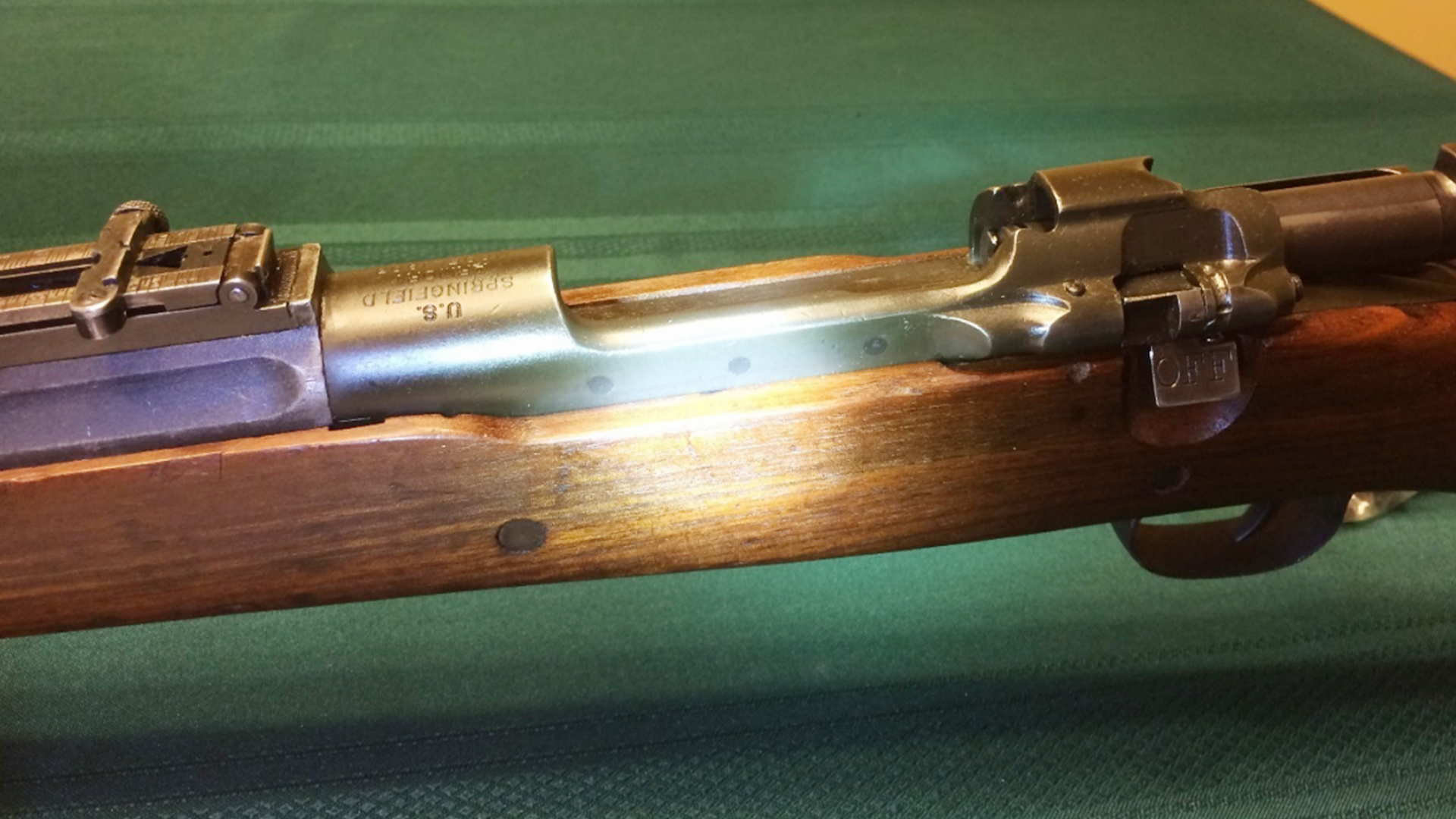
Yeah, well, Honey Badger don’t care. I had more work to do. The Oklahoma City CMP Games were coming up, and I was going to go out there and be a rock star—whether I could hit anything or not. I finally got a 300-yard zero and prayed for the scope to stay put during the drive. I was going to make my grandad, William Cecil Cantrell (who went by his middle name, Cecil), proud of his efforts in the Great War with the Field Artillery.
Once the big day had arrived to check in the rifle for the vintage sniper contest, I got my first bitter taste of age discrimination. The Warner & Swasey Musket sight was not in the rulebook—therefore, it was considered to be an illegal rifle. No words would move the check-in person, but they relented to let me fire it out of competition. Fair enough. I would give grandad everything a grandson could possibly come up with.
The morning of the event was cold, at least way colder than October in Kentucky. The competitors were all ready, the guys in the Ghillie suits seemed to look warm and way beyond ready, and I was wondering if I could get a scoring impact on target. I would know soon enough.
I was partnered with someone I had never met before, and I can't remember who he was. Let’s just call him “the 600-yard man,” because he crushed it’ More on that to come.
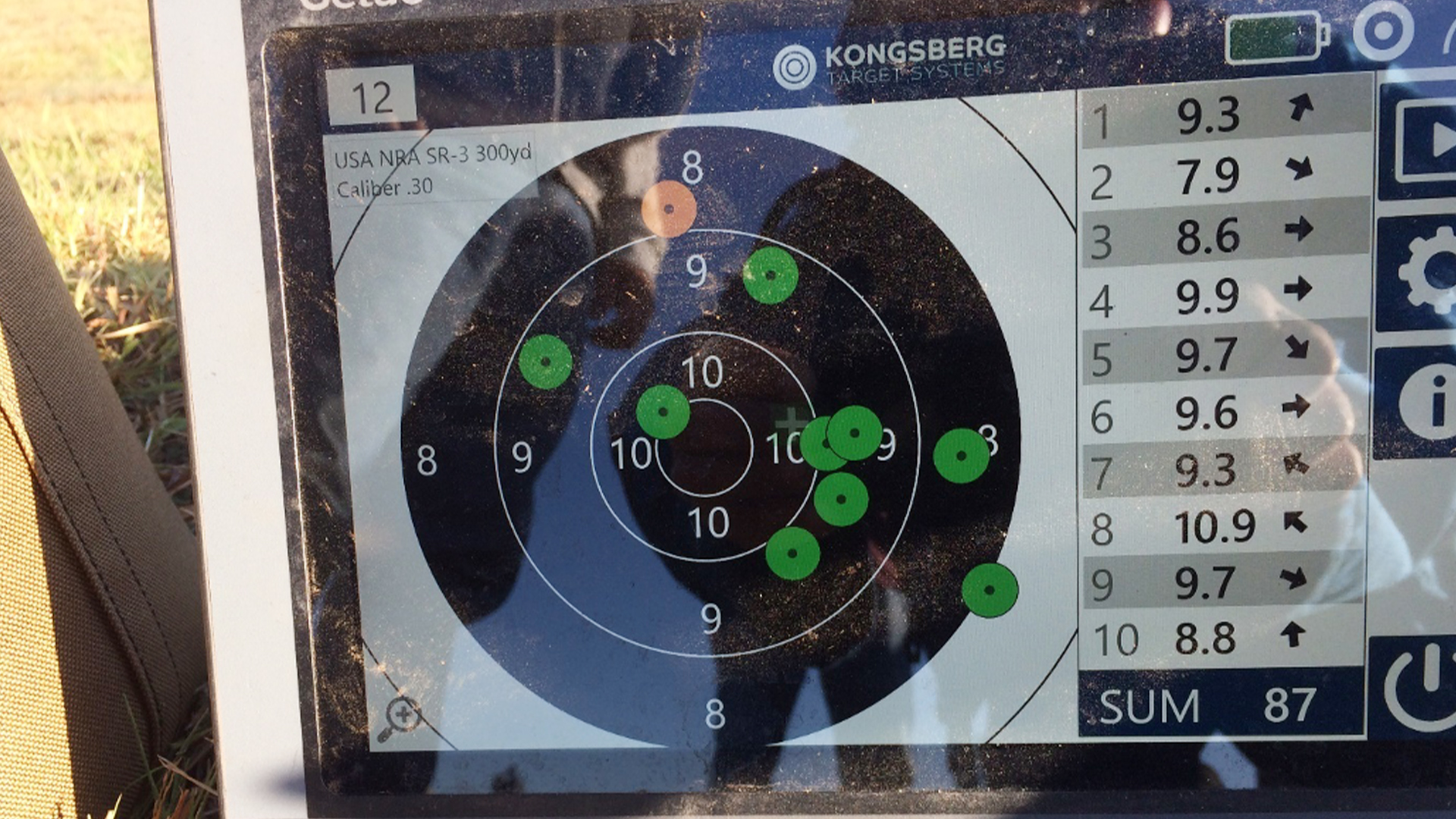
My time to fire at 300 yards came, and success indeed—the first shot was a nine. The spirit of Cecil had to be hovering over me as I finished with an 87 out of 100. I only had one out of the black.
Now, back to 600 yards, and I had no idea what to do. When the sight-in period was gone, I did not have a single impact. I now tried a desperation correction and hoped for the best. After five misses, I finally got a low right arrow and finished with two fives, one 10 and one seven. We came in third from last due to my partner’s good 600-yard score. I wished to do better, but the first time was now over for the Great War gun.
There are times in life when a man should realize that he has been beaten by the house, stand up from the table, square his shoulders and walk away … And then there is that guy who gets a mortgage and comes back for his next whipping. Just as Captain Ahab in “Moby Dick” would not be deterred, neither would I, and now I had allies from the shooting community.
A Springfield clone with a Warner & Swasey mount could be created thanks to Dupage Trading Company, Criterion Barrels, Minelli stocks, 1903 Part Shop, Steve Earle Products (get the Springfield, .200 over blocks with Fecker cut) and a gun smith who is the equivalent of Rocky Balboa’s boxing coach (“Come on. It’s only three holes.”). Mike Sexton of Iron Sight in Tulsa could make it optically a thing of beauty, so now Warner & Swasey was about to enter the 21st century.
I’m coming, Grandpa Cecil.
Now that obsession had taken over, I careened from one step to the next. Search Brownells Numrich Gun Parts online, order, wait—the internet was my friend, and help was coming from the woodwork. One scope from Buffalo Gun Shop, another from Guns International. (Believe it or not, the best place is eBay. Just determine in your mind that you don’t have to buy the first one that comes up.)
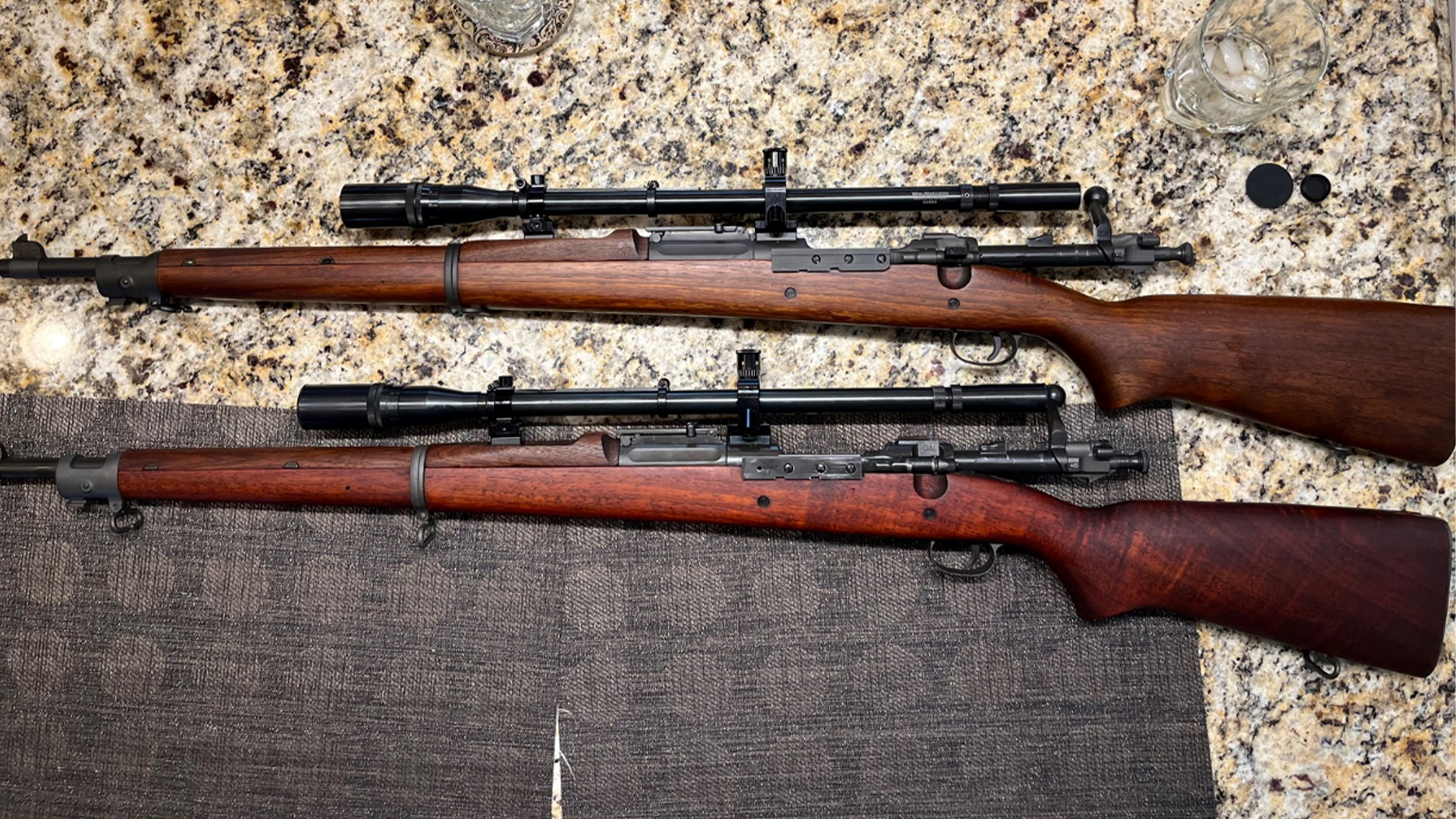
The day of the super clones was finally getting closer. I would be able to fire it as a Warner & Swasey or as a M1903A1, 8X target scope, Unertl rifle. My friends teased me about having a double duty rifle. Well, I can’t own everything I want, and the 8X mount is really the way to build a Springfield clone anyway. You can possibly be match winner with a Springfield using the reproduction Hi-Lux with Gen II mounts, or buy a Litschert, Fecker, etc., and have an old-time match rifle. A lot of doors open for you this way.
The totally brand new, completely refurbished, 100-plus-year-old Franken clone was ready to sail into shooting destiny. And, did it ever.
First pass was a 175-6X, standard NRA mid-range prone course of fire at 600 yards. I would so love to tell you that my scores improved, but they did not. Upper (right) rifle scope holds zero up and down. The lower (left) rifle scope holds zero right and left, and both of them do not want to stay on the rail, as the clip latch is simply not strong enough to not jump out of the rail slot due to rifle recoil. While repositioning the scope after each shot is not the end of the world, on a 60-shot for record course and unlimited sighters, this begins to get old and taxing.
My friends had now become sympathetic to my struggles and offered all the encouragement that they could. We were all becoming experts on the miscues the Warner & Swasey suffered from. For the scope movement problem to be overcome, a screw was used to attach the scope to the mount. But, you have to rotate the screw one to ½ turn after each shot due to the extraordinary shear force it is attempting to counter or it will simply cut it in half. Screw life is about 10 shots, and once I read that, towards the end of World War I, the armorers had turned to screwing and silver soldering the mount to the receiver, I knew why.
When encountering that much recoil force, the load has been absorbed somewhere, so next up is the three screws that hold the mount to the receiver. It is only a matter of time before you cut them in half as well.
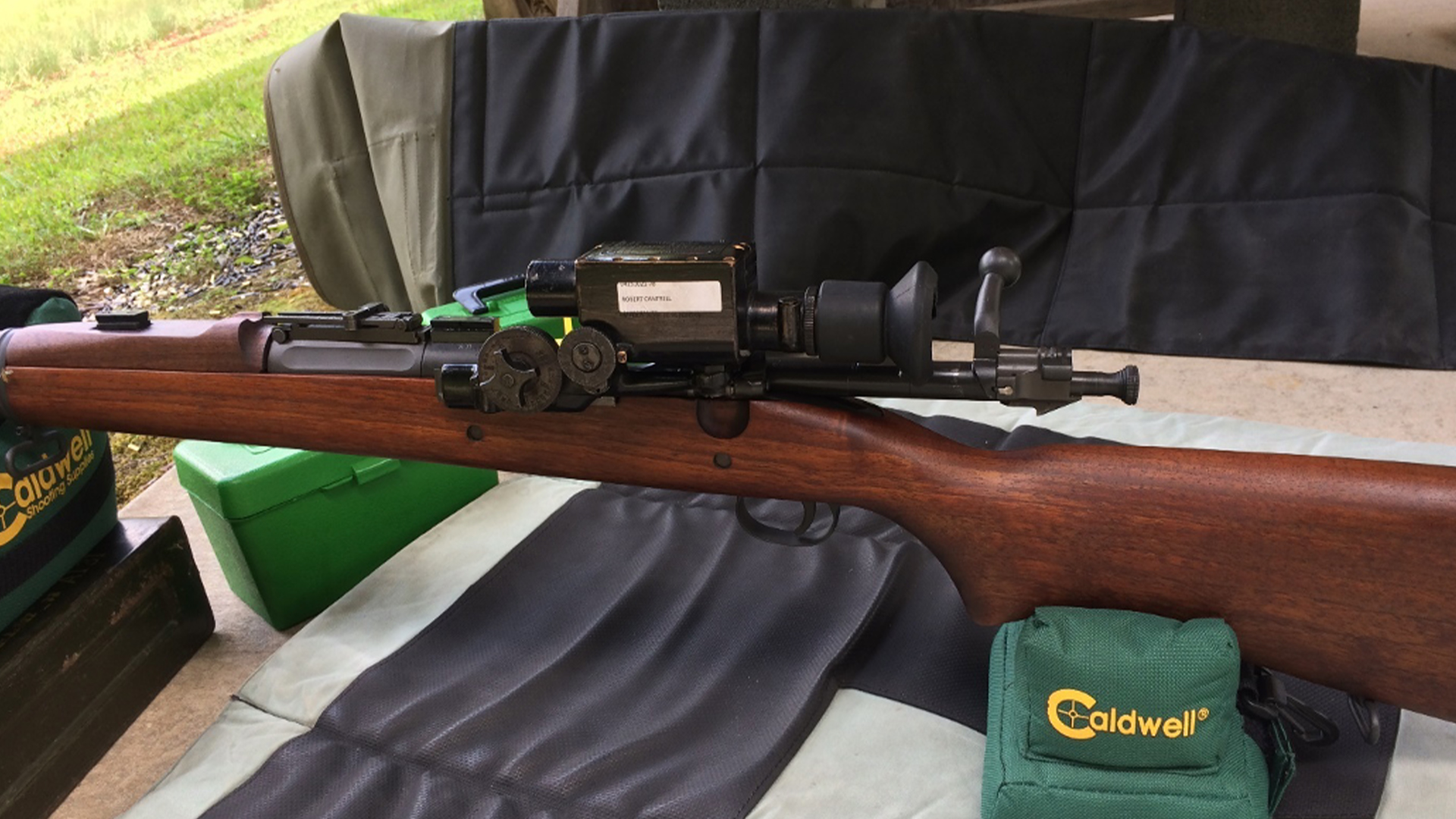
You may ask why I was determined to make two rifles and scopes. The truth is that adjusting these rifle scopes is not straight forward. At 100-plus years old, they do not want to zero out like they did in 1918. Therefore, getting one rifle set for 300 yards and a second rifle set for 600 yards is the most practical way to have any hope on match day. And even here, you will be a novelty, because being a competitor is simply never going to happen. The number of lost points and the thought of having your scope fall off during the competition on television was more than I could bring myself to try.
I may yet work up the courage to take the Doughboys to the big stage at Alabama, but I will have my younger brother in tow, if I do. I will want him present so that William Cecil Cantrell can be there also, reminding us that, like the old wartime melody says, “We aren’t coming back till it’s over, over there.”
Learn more about CMP at thecmp.org.



